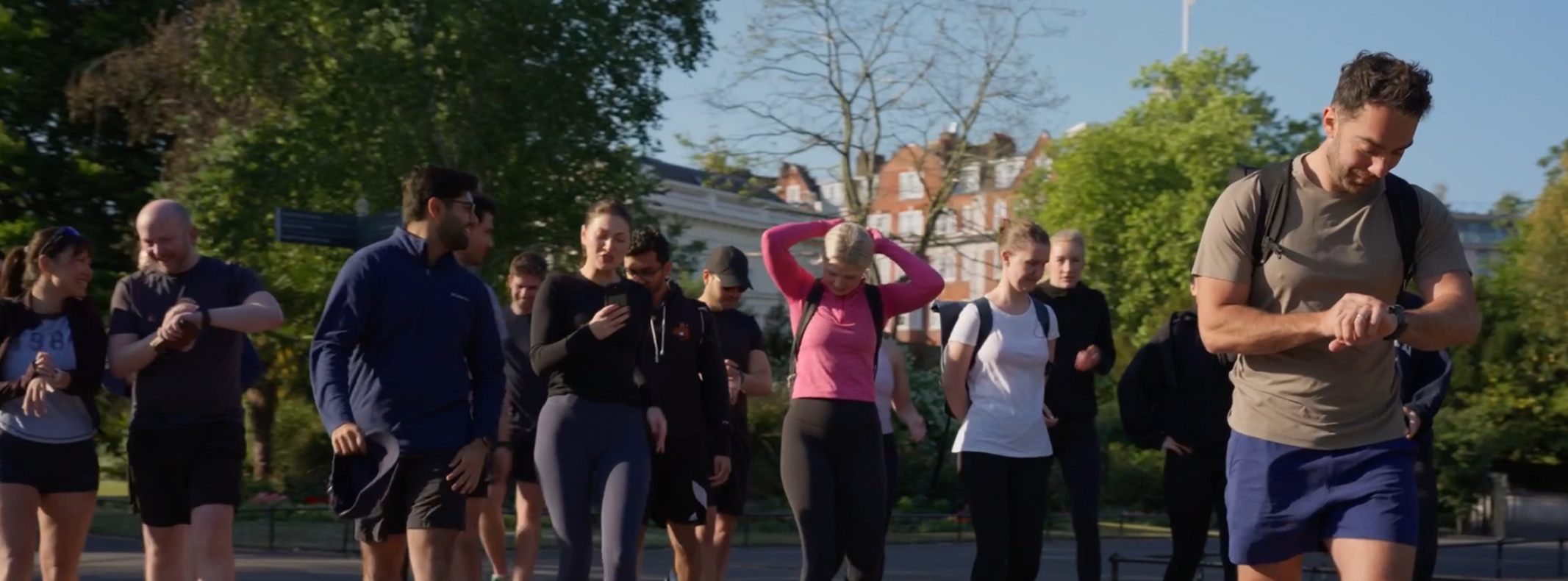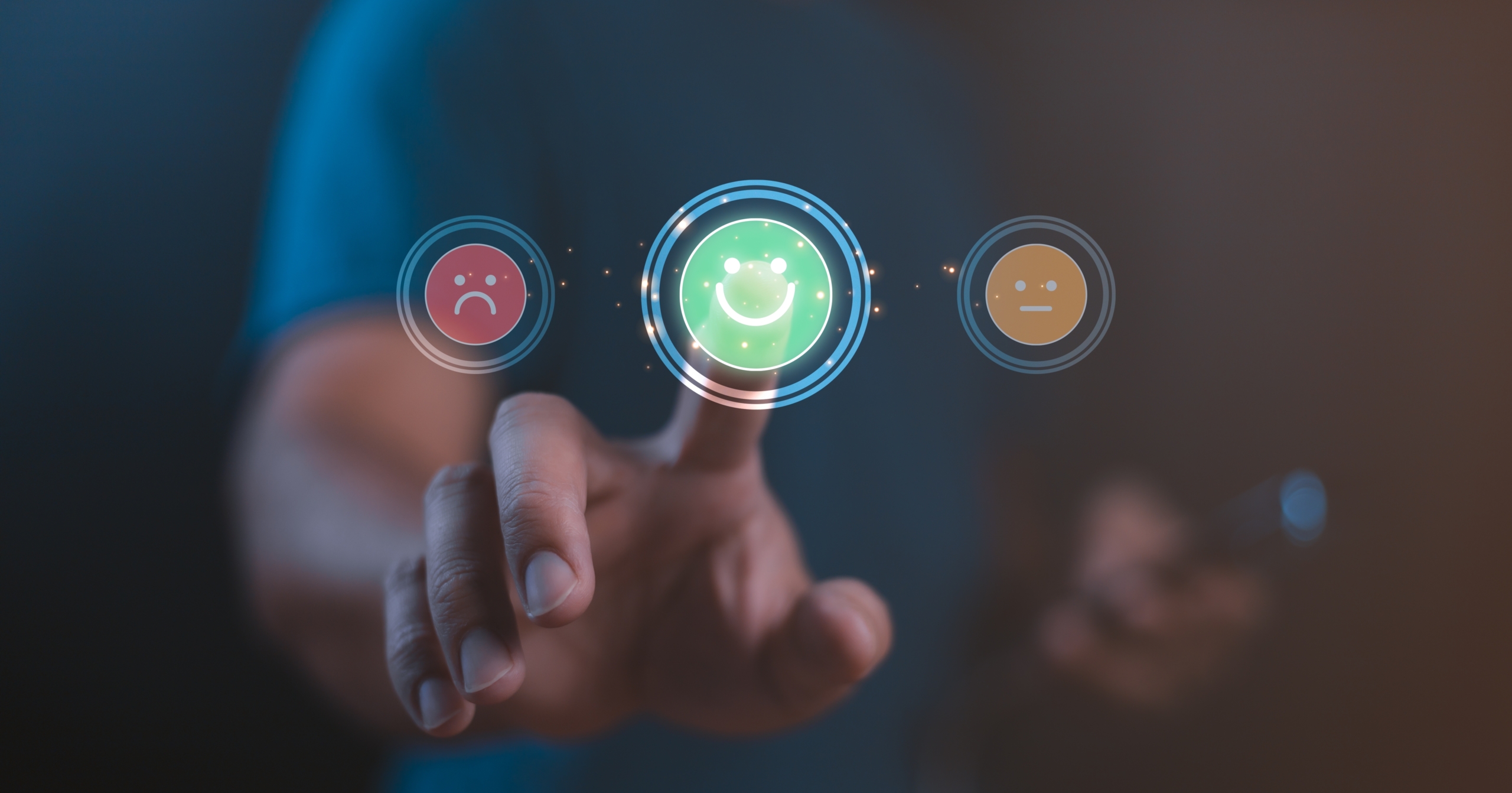Scrambling over eggs (and all things maternal health)
*Trigger warning: some themes discussed may be upsetting*
You may already know this, but genetically female babies are born with all of the eggs they’ll ever have. Yes, all of them. And if one of those eggs is fertilised following menarche (the first period), the lived experience of that person’s mind and body changes – often forever – whether or not it results in a live birth.
Forgive me, I don’t mean to be dramatic. But at Octopus Ventures, we’re not afraid to investigate, hypothesise and invest in sensitive, uncomfortable and challenging areas in health. Whether it’s backing founders with a mission to personalise contraception like Tuune, revolutionise fertility like Overture or disrupt menopause care like Vira, we continue to be bullish about women’s health. As the most active private healthtech investor in the UK, for us busting taboos is just table stakes. So it’s exciting to see that the UK government’s latest women’s health strategy echoes our thesis about the role that tech could play in both tackling disparities in and improving women’s health education, access, and outcomes.
But back to eggs. As a clinician, and woman of childbearing age, I’m finding that various social media algorithms have unhelpfully joined the dots, and continue to push a cycle of tracking-fertility-baby-fuelled narrative to my various feeds. In real life though, I’m acutely aware though that (if I do successfully conceive one day) pregnancy and childbirth may not be a ‘walk in the park.’ It’s why I’m even more keen to discuss the role that technology could play in solving morbidity and mortality in maternal health. In this blog, I want to spotlight a handful of the exciting solutions we’ve come across in our review of the space in recent months, and the statistics they’re looking to improve.
Early/late miscarriage, stillbirth and pre-term birth
One in 13 babies in the UK are born premature, or before 37 weeks gestation, with wide variations between specific ethnic and socioeconomic groups. At the time of writing, a cross-sector collaboration between the Royal College of Midwives, the Royal College of Obstetrics & Gynaecology and pregnancy charity Tommy’s, has resulted in a new, regulated, online app. Tommy’s App aims to support healthcare professionals with improving antenatal risk assessment. It’s being piloted now, and the roadmap for the four site pilot can be found here.
What about wearables? Do they hold the key to improving the % of full-term, live births? In November, WHOOP shared research around the use of sustained maternal heart rate variability in the seven weeks prior to childbirth as a potential indicator for pre-term birth. Their peer-reviewed research analysed 241 pregnancies, leading them to coin the ‘WHOOP inflection point,’ which could prove to be an incredibly significant biomarker, offering game changing insights for expectant mothers.
Otherwise, innovation in pre-term births is still nascent in Europe, but I’m quietly hopeful things are going to change, with Swiss companies such as Pregnolia and Rea Diagnotics leading the way with emerging diagnostic hardware solutions.
Post-partum haemorrhage & pre-eclampsia
One in five pregnancies are impacted by complications, which include post-partum haemorrhage (abnormal bleeding after childbirth) and pre-eclampsia (characterised by onset of high blood pressure and excessive protein in the urine). When I spoke to Kathrin Folkendt – Founder & CEO of Femtech Insider – about maternal health, she was refreshingly vocal about where some of the issues lie. She said, “one of the biggest gaps that I see is education. Women don’t know what things like post-partum haemorrhage and pre-eclampsia are and they don’t know what their options are…options are also still fairly expensive.”
Kathrin is not wrong. My mum is a midwife and I have friends who are obstetricians, so I’m well-versed in how to think about these conditions and their associated risks. But I’m acutely aware that this isn’t the case for many women, and so I’m excited to see the evolution of Mirvie’s RNA platform, which uses a single blood test for the detection of pregnancy complications.
The team at Mirvie have also released a report, ‘The Future of Pregnancy Health’, which furthers the view that early identification of risk enables early prevention. While the severity of bleeding can vary greatly in cases of postpartum haemorrhage, in certain situations, the Jada system (recently acquired by Organon) has been found to successfully control and treat bleeding, by causing contraction of the atonic uterus in 94% of cases.
Post-partum mental health
One of my most poignant memories whilst at medical school was the tragic case of a mother who suffered a psychotic relapse, and took her life, along with her child’s, shortly after the baby was born. Another tragedy in the US earlier this year has highlighted the urgent need to spotlight solutions that mean mothers receive the emergency, potentially life-saving, care they require before treatable illnesses escalate. Both cases have opened my eyes to the vulnerability of motherhood and how imperative support is throughout the peripartum period.
The latest MBRRACE-UK report, an annual investigation into the deaths of women during pregnancy, childbirth, and a year after birth, detailed widening socioeconomic inequalities. These were linked to sobering statistics, including suicide now being the leading direct cause of death during pregnancy, childbirth and in the one year following birth. In Europe, we’re starting to see an increasing amount of innovation in this space. LEIA is a post-pregnancy digital tracking app for new mothers – it helps women identify the risk, even before they meet with healthcare professionals. On the other side of the Atlantic, Babylist recently acquired Expectful – an evidence-based mental health app built for before, during and after pregnancy.
Across the maternal health space, solutions appear to fall broadly into three categories: hardware, data generation and digital solutions (often with an element of holistic peer support). We’re keen to meet founders who are building businesses in any of them, as they all drive impact in maternal and infant health.
One of the many wonderful aspects of investing in health in the UK is that cross-sector collaboration only accelerates change throughout the ecosystem. Given that, I’d like to extend appreciation for the multitude of non-profit organisations that continue to provide an immense amount of advocacy, education and support in maternal health. Support is particularly important. In the absence of many scaled solutions in this space currently, these organisations provide community, as well as a much-needed safe space, in an area that still requires more funding for research and innovation to improve outcomes.
A special thank you to Marija Butkovic and Kathrin Folkendt for sharing your insights for this report (and continuing to lead the charge in Women’s Health in Europe more broadly).













